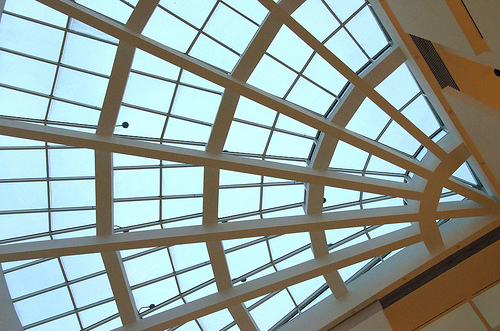Below is an article that I wrote for David A. Beal and Associates, a green architecture firm operating in Boulder, CO. These techniques will also work on Georgia homes and in many homes throughout the South, with the exception of passive solar heating since our Floridian friends won’t need it. Check out three ways that you can improve natural light intake while lowering energy bills.
“True green homes are built intelligently, beginning with designs that facilitate energy efficiency. Design your home with David A. Beal to make the most of natural light, a measure that can conserve energy without any daily activity on your part.
Light shafts are an age old technique that draw light from upper levels of a structure and disperse it elsewhere in the building. This Queen Anne home recently received an addition that possess a multi-functional light shaft. The light enters through a small spare room on the second floor. The walls of this room are painted a crisp white to maximize the light reflected. Light is directed to the main floor and filtered through a laylight. Homeowners enjoy an office space or library with ample light while providing light to the level below.
While skylights were adored most in the 80s and early 90s they certainly have not outlived their value. Skylights are still a great way to let light into a room that might not have windows. The keys to an efficient skylight–and any other glass feature in a home–are insulated glass and sealed panes.
Of course, how your home is situated on your property will also greatly effect the amount of natural light received. Take advantage of the winter sun by equipping your home with large windows that face southward. This will help with passive solar heating, which controls temperatures on cold Boulder nights while ensuring that you receive daylight year round.”
